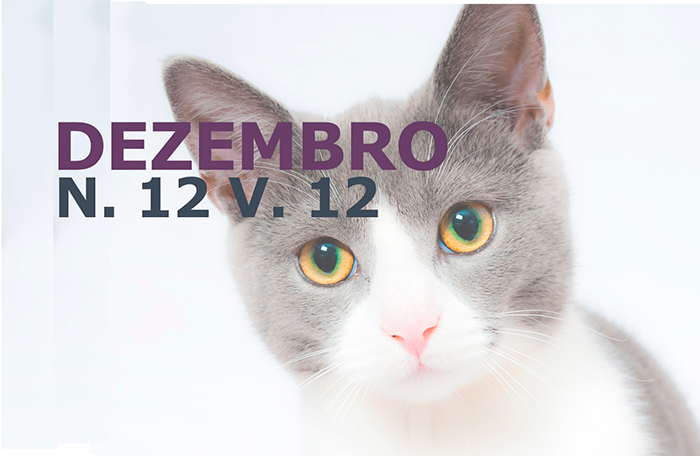Digestibility of diets of sheep with multiple mixes based on whole grains of manioc in substitution of corn
DOI:
Keywords:
Cassava, sheep, multiple mixture, digestibilityAbstract
The maximum exploitation of the productive capacity is possible through the adoption of food alternatives that allow the best use of the fodder at a lower cost. The apparent digestibility of sheep diets kept with multiple mix based on whole manioc scrap in place of maize was evaluated using five castrated Santa Inês male sheep, aged between four and five months, housed in individual cages. After adaptation, five experimental periods of 15 days were performed, totaling 75 days. The diet was composed of Tifton hay (cynodon spp) and multiple mixtures with inclusion levels of whole manioc scrap in place of maize, according to the treatments: Mineral Salt (SM), 0% (MM1), 33% ( MM2), 66% (MM3) and 100% (MM4). Excreta samples were collected to analyze the chemical composition. The digestibility parameters of the dry matter (DMS%), crude protein (DPB%) and neutral detergent fiber (DFDN%) were evaluated. There was no significant difference (p> 0.05) in dry matter and protein digestibility. The treatments T3 and T4 presented significantly (p <0.05) the best digestibility coefficients of the NDF. It is possible to recommend high levels of substitution of corn for whole-grain cassava in diets for sheep, being the choice based on cost and local availability.
Downloads
Published
Issue
Section
License
Copyright (c) 2018 Gláucia Barbosa Coelho, Camila Santos Queiroz, Leandro Macedo Miranda, Alessandra Lima Rocha, Antônio Felipe de Sousa Júnior, Isabella Chaves Sousa, Rudson Almeida de Oliveira, Nathálya dos Santos Martins, Maria Inez Fernandes Carneiro

This work is licensed under a Creative Commons Attribution 4.0 International License.
Você tem o direito de:
Compartilhar — copiar e redistribuir o material em qualquer suporte ou formato
Adaptar — remixar, transformar, e criar a partir do material para qualquer fim, mesmo que comercial.
O licenciante não pode revogar estes direitos desde que você respeite os termos da licença. De acordo com os termos seguintes:
Atribuição
— Você deve dar o crédito apropriado, prover um link para a licença e indicar se mudanças foram feitas. Você deve fazê-lo em qualquer circunstância razoável, mas de nenhuma maneira que sugira que o licenciante apoia você ou o seu uso. Sem restrições adicionais
— Você não pode aplicar termos jurídicos ou medidas de caráter tecnológico que restrinjam legalmente outros de fazerem algo que a licença permita.





